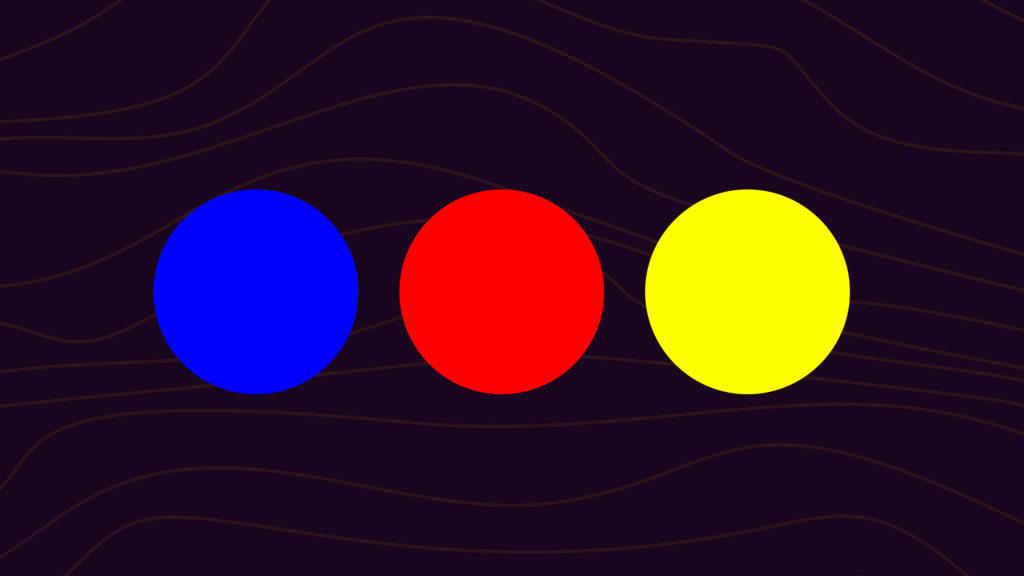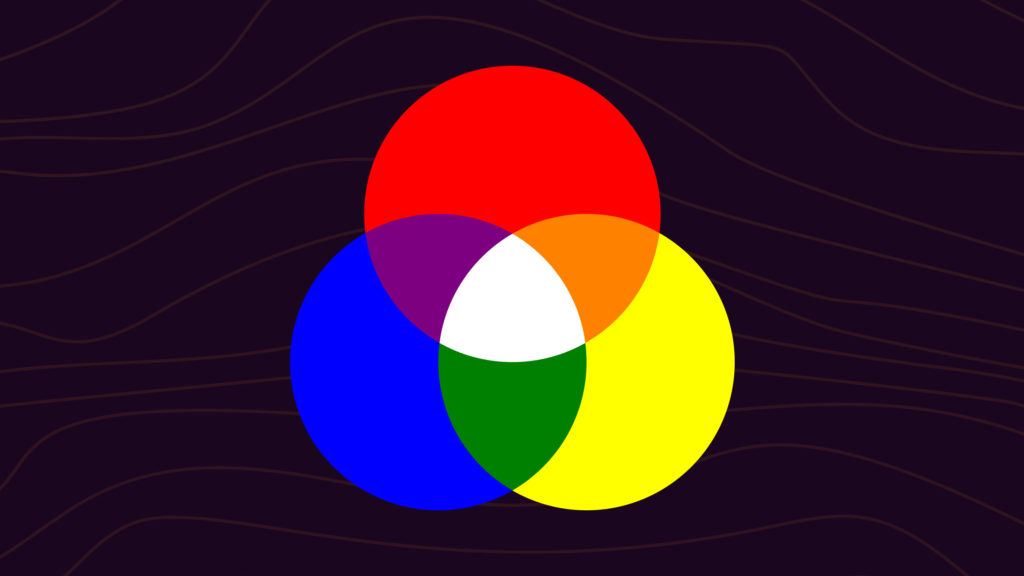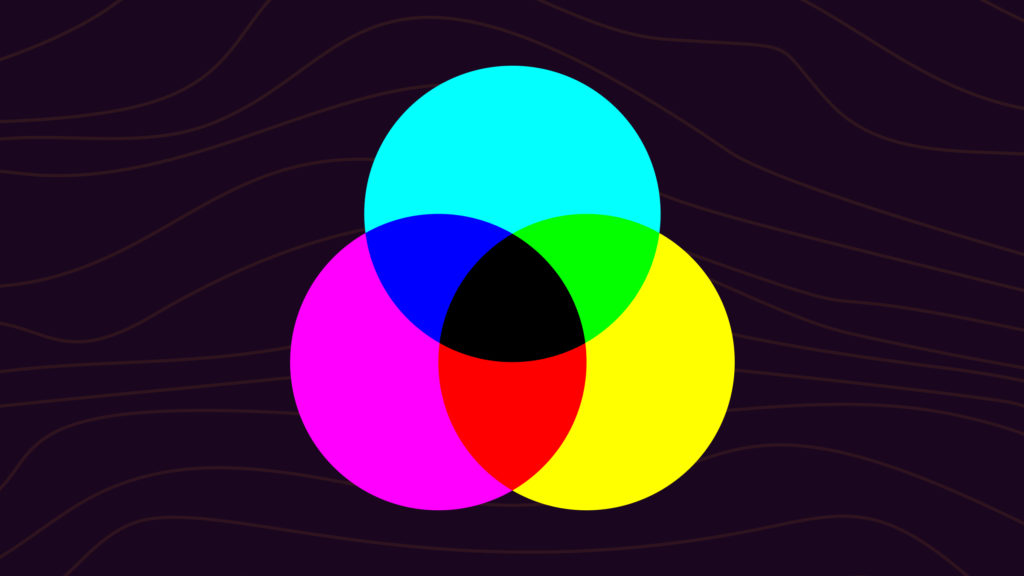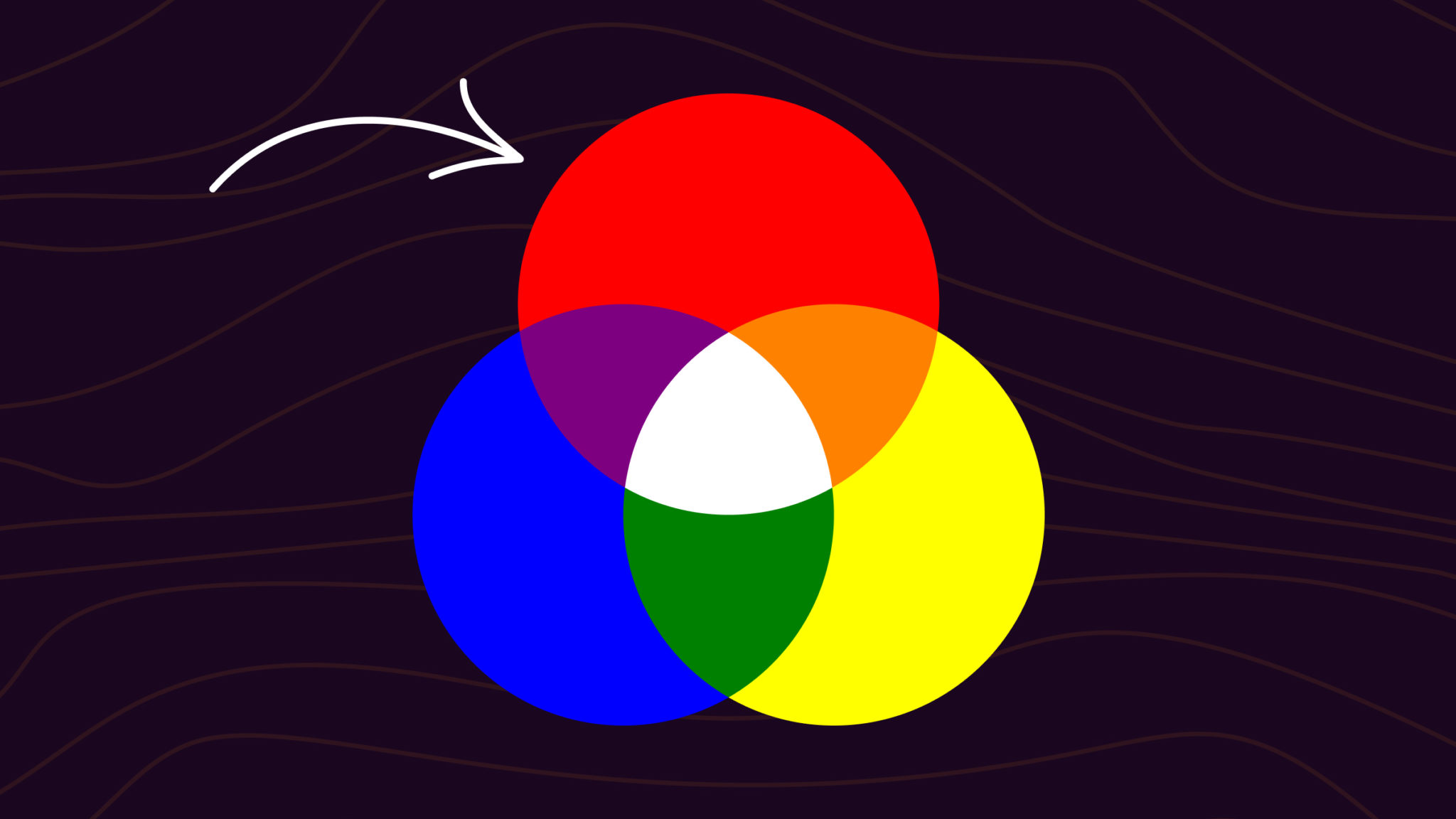Red is a primary color, which means that you can combine it with other primary colors to create new hues like orange and purple, as you undoubtedly learned in school.
If red is a primary color, what other colors can be combined to become red? In fact, can you even use other colors to produce red? We need to know a great deal about both culture and physics in order to comprehend how the red color is created.
In this guide, you will learn all you need to know about what colors that make red.
Types of Color
First you need to know about the various types of colors before we discuss the wonderful world of combining colors to get new hues. Some of this knowledge might come back to you from elementary school. If not, we hope you find this information interesting and helpful.
Let’s examine the primary three categories of color, which are:
- Primary
- Secondary
- Tertiary
Primary Colors
The primary colors are red, yellow, and blue. These colors serve as the bases for all other colors in the cosmos. The creation of different colors is a process known as mixing.

You cannot combine secondary or tertiary colors to get a primary color. That said, you can play around with shades, tints, and hues to produce a primary color.
If it helps, you can combine all three primary hues to make a neutral shade of brown. Another way to make brown is to combine any two secondary colors with one primary color.
Secondary Colors
Green, orange, and violet are the three colors that make up the secondary color spectrum. You’ll see that the colors of a rainbow are created by the combination of the three secondary and primary hues.

All you need to do to make a secondary color is combine two basic colors in an equal amount:
By varying the amount of the primary color that applies, you may alter the hue of each secondary color. For instance, you can create light green by mixing a small amount of blue with a large amount of yellow.
Tertiary Colors
The final category is tertiary. Primary and secondary colors are combined to produce tertiary colors. Blue-violet, red-orange, yellow-orange, and yellow-green are some of the most well-known tertiary color examples.
Like with secondary colors, you can alter the shades or hues of tertiary colors by adding or subtracting amounts of the relevant component colors.
Neutral Colors
According to color science, there are two “colors” that aren’t actually colors. Neutral colors, according to experts, are black and white.

Gray, technically regarded as another neutral color, is produced when black and white are combined. You can produce different shades of gray by adding less or more of white or black.
What Colors Make Red?
First and foremost, red cannot be created by combining any two hues. Since these three colors constitute the foundation for all other colors, the same would apply to the other primary colors as well.
While red cannot be made by combining any two colors, there is a different method you may use to get red using a different color wheel. This other method of combining colors is known as the subtractive color wheel.

The color combinations are based on the conventional color wheel, but there are also other color wheels that are based on various color models, and the subtractive mixing method uses the subtractive color wheel.
Red, yellow, and blue are the three primary colors on the conventional color wheel. The subtractive wheel, meanwhile, comprises magenta, yellow, and cyan. Magenta and yellow, the primary hues of the subtractive color wheel, can be combined to get red.
It is hard to discuss subtractive mixing without mentioning additive mixing. Blue, red, and green are the primaries in the additive color wheel. The RGB (Red-Blue-Green) model is used for showing images on electronic devices like computers and TVs.
Different Shades of Red
Red comes in well over 400 various hues, tints, and tones. Though it would be nearly impossible to list them all, the following are a few that you might be familiar with: Strawberry Red, Raspberry Red, Mahogany, Indian Red, Cherry Red, Ruby Red, Hibiscus, and Crimson.
Here’s a color palette using different shades of red:
Quinary and Quaternary Colors
Quinary and quaternary colors are what you get when you combine various shades of tertiary, secondary, and primary colors. Depending on the addition of each component, there are almost infinitely many of such colors.
Shade and tint are two concepts that have an impact on these colors.
Tint is the color produced by mixing a certain color with white. Pink is an example of a tint, resulting from a combination of red and white.
Shades, meanwhile, are the colors produced by mixing a certain color with black. Combining black with red gives you a darker hue of the latter, such as mahogany.
But how can one go about producing these hues? Here are the color mixes that produce the shades of red mentioned above:
Wrapping Up
To sum up, we hope the information above will help you better access your creativity and inventiveness. Feel free to combine red with different colors to come up with a hue that appeals to your artistic eye.
Curious about how you make other primary colors? See our posts on what colors make yellow and what colors make blue.


Very interesting. We just bought. New home trying to come up with a color plan.
Unfortunately I’m one that has to see it all done to know if I like the color or not. All very interesting.